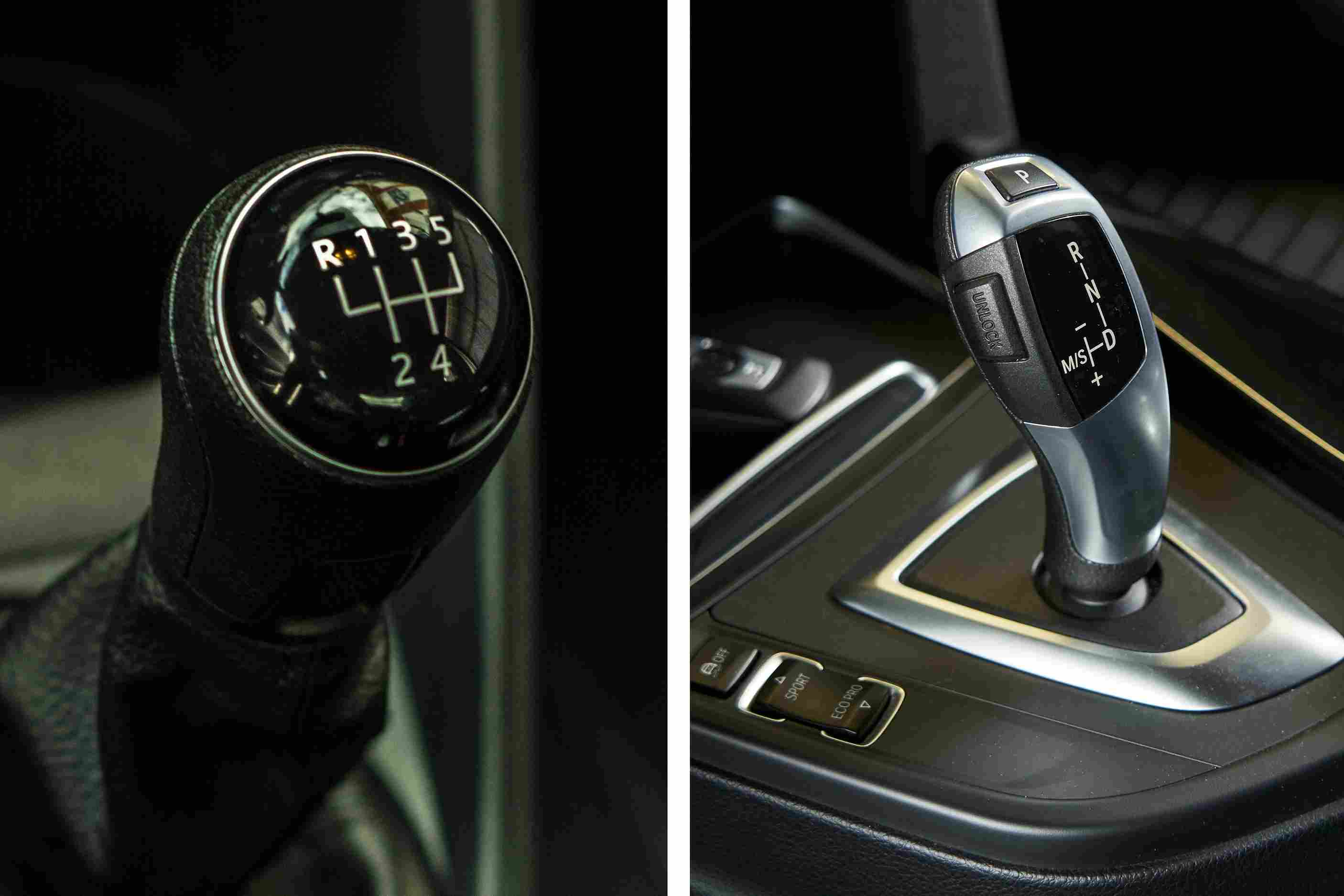Difference Between Automatic and Manual Transmission in Cars Explained

If you are on the verge of buying a car, many unanswered questions can be on your mind. A common confusion can be between choosing a manual or automatic transmission.
In general, if you are driving a manual car, you are responsible for shifting the gears. However, if you choose an automatic transmission car, it automatically senses and shifts gears whenever necessary.
Keep reading further to better understand the difference between automatic and manual cars.

Table of Contents

What is a Manual Transmission Car?
Simply put, manual gear enables drivers to select a gear ratio to drive their car. The type of gear ratio they opt for determines the vehicle's torque and speed. For instance, choosing a lower gear ratio will result in more torque but less speed. Likewise, higher gear ratios offer less torque but more speed.
Furthermore, the countershaft constantly gets meshed into the input shaft, which is comprised of multiple gears in a manual transmission car. The output shaft, countershaft, driveshaft, and wheels are interconnected. When you drive your car, the output shaft first sends its connection to the transfer case. In the case of the reverse gear, it generally connects the fourth shaft for changing direction.
It is also essential to have a brief idea about an automatic transmission car before discussing automatic vs. manual cars.
What are the Pros and Cons of Manual Transmission Cars?
Manual transmission cars have their share of pros and cons, and it all boils down to customer preferences. Some of the pros and cons are highlighted in the table below:
What is an Automatic Transmission Car?
As the name indicates, with an automatic car, you do not need to manually shift gears. They help in directing the rational force and controlling the car's speed. In short, the automatic transmission automatically shifts gear ratios as the vehicle moves. It detects the speed through its sensors and sends signals to automatically shift gears appropriately.
You can easily identify whether a car is automatic or manual. If your car features two pedals, then it's an automatic car. Manual cars feature a third pedal commonly known as the clutch pedal. A clutch pedal is smaller in size in comparison to the brake pedals.
Apart from this, you also know that there is not just one but different types of automatic transmissions. Torque converter automatic is the most common among all, followed by the continuously variable transmission or CVT, which enables an infinite number of gear ratios without interruption. A semi-automatic transmission (SAT) is more or less similar to a manual transmission. The other types include dual-clutch transmission and Tiptronic transmission.
What are the Pros and Cons of Automatic Transmission Cars?
Learning about the pros and cons of automatic cars is essential to help you make an informed decision based on one's driving preferences. The pros and cons of automatic cars are highlighted in the table below:
What is the Difference Between Manual and Automatic Transmission in Cars?
Refer to the table below to understand what is the difference between manual and automatic cars:
In conclusion, the differences between a manual and an automatic car are but a few. Therefore, choose an automatic or manual transmission car depending on your budget and what you are looking for in your car.
Know more about:
















